Xinjiang Tianshan
Xinjiang Tianshan
Tianshan Mountain in Xinjiang, the eastern part of the Tianshan Mountains, is also the main part of the Tianshan Mountains and the world natural heritage. Tianshan Mountain is one of the seven major mountain systems in the world. It is the largest mountain chain in the arid temperate zone of the world and the largest independent mountain range in the east-west direction of the world. Tianshan Mountain Area covers Kashgar, Kirgiz Autonomous Prefecture, Aksu, Bayinguoling Mongolian Autonomous Prefecture, Turpan City, Hami City, Ili Kazakh Autonomous Prefecture, Boltala Mongolian Autonomous Prefecture, Shihezi City, Changji Hui Autonomous Prefecture, Urumqi City and other municipalities in southern Xinjiang.
On June 21, 2013, at the 37th World Heritage Conference held in Phnom Penh, Cambodia, China's Tianshan Mountains in Xinjiang were included in the World Natural Heritage Site. It has become the 44th World Heritage Site in China. The Tianshan World Natural Heritage Site declared in 2013 is composed of Bogda in Changji Hui Autonomous Prefecture, Bayinbuluk in Bayinguoling Mongolian Autonomous Prefecture and Tomur in Aksu Area, and Karajun-Kurdining in Yili Kazakh Autonomous Prefecture, with a total area of 5759 square kilometers.
geographical position
Tianshan Mountain in Xinjiang refers to the part of Tianshan Mountains distributed in China, also known as Tianshan Mountain or East Tianshan Mountain in China, the ancient name of Baishan Mountain, also known as Snow Mountain, because of snow in winter and summer. As long as 1760 kilometers, accounting for more than 3/4 of the total length of the Tianshan Mountains, it spans the whole territory of Xinjiang, spanning Kashgar, Kizilesu Kirgiz Autonomous Prefecture, Aksu, Bayinguoling Mongolian Autonomous Prefecture, Turpan City, Hami City, Ili Kazakh Autonomous Prefecture, Boertala Mongolian Autonomous Prefecture, Shihezi City, Changji Hui Autonomous Prefecture, Urumqi City, etc. Many prefectures and municipalities are the natural geographical dividing line between the Junggar Basin and the Tarim Basin, and also the unique symbol of Xinjiang's geography.
Application process
On the morning of June 21, 2013, the 37th World Heritage Conference, which is being held in Phnom Penh, capital of the Kingdom of Cambodia, was officially announced, and Tianshan Mountain in Xinjiang, China, was included in the World Natural Heritage Site.
It is reported that the experts at the meeting highly appreciated that the Tianshan Mountain in Xinjiang has excellent natural wonders, bringing together the huge contrasts of heat and cold, drought and humidity, desolation and beauty, spectacle and exquisiteness, showing unique natural beauty. The typical vertical natural zone spectrum of the mountain, landscape differences between the north and south slopes and plant diversity reflect the bio-ecological performance of the Pamir-Tianshan Mountain. The process of evolution is also the most important habitat for many rare and endangered species and endemic species in the mountainous areas of Central Asia, which highlights the process of biological evolution in this region, which is gradually replaced by the warm and wet flora by the modern dry Mediterranean flora.
Since 2009, the Tianshan Municipal Heritage Project in Xinjiang has been launched in an all-round way. In January 2012, with the approval of the State Council, Tianshan Mountain in Xinjiang was the only World Heritage Center to declare the World Natural Heritage Project in China; in March of the same year, 2.3 million words of Chinese and English texts of Tianshan Mountain in Xinjiang were formally passed the technical examination of the World Heritage Center, and Tianshan Mountain in Xinjiang was granted the "admission ticket" for the application; in July, UNESCO experts went to Xinjiang for field investigation and evaluation, Tianshan Mountain in Xinjiang. With its outstanding heritage value and high level of protection and management, the project has convinced the experts on the spot investigation and highly appraised it.
According to Ding Xinquan, deputy director of Tianshan Heritage Bidding Office in Xinjiang, Tianshan Mountain in Xinjiang is the only world natural heritage in Northwest China. "The successful application of Tianshan Mountain in Xinjiang is a new starting point for the construction of Damei Xinjiang. Protecting Tianshan Mountain has only a starting point and no ending point; it has only a comma and no ending. In an interview with reporters, Nur-Baikeli, chairman of Xinjiang Uygur Autonomous Region, said that in order to achieve a win-win situation in economic development and environmental protection, Xinjiang will adhere to the path of sustainable development of resources development and ecological environment, dedicate the protection of good natural heritage to the world, and leave the beautiful environment of mountains and rivers to future generations.
Tianshan Mountain is one of the seven major mountain systems in the world and the largest mountain system in the arid zone of temperate zone in the world. It has unique value in earth science, biology and ecology, and landscape aesthetics. The application of Tianshan Mountain in Xinjiang is a major event highly valued by the Party Committee and the people's government of the Autonomous region, which is related to the national interests and image. It is also important to protect and develop the Tianshan Mountain resources in Xinjiang and to create and publicize the heritage culture. It is of great significance to promote the development of tourism industry and the construction of ecological civilization in Xinjiang. According to the principle of "protecting human heritage, creating world brand and realizing common development", Tianshan Mountain in Xinjiang was launched to declare World Natural Heritage in 2009. Its purpose is: first, to abide by and implement the Convention for the Protection of World Cultural and Natural Heritage. As a unique symbol of Xinjiang, Tianshan Mountain is not only well known to the general public in China, but also a natural landscape with outstanding value in the world. The purpose of declaring world heritage is to implement the Convention on the Protection of World Cultural and Natural Heritage and better protect and inherit this precious resource shared by mankind, which is our duty and obligation. The second is to highlight the attitude and action of protecting the ecological environment. Xinjiang is in a new period of great construction, opening up and development. The development of Xinjiang must not be at the expense of the environment. The Eighth Party Congress of the Autonomous Region proposed that all development and construction must adhere to the principle of "environmental protection first and ecological zone". It must follow the sustainable development of resources and ecological environment, take responsibility for history, the people and future generations, and do a good job in ecological environment protection. Thirdly, let Tianshan Mountain, a precious world heritage in Xinjiang, be truly deserved. Xinjiang has a vast territory and abundant resources. It has a number of unique natural and cultural heritage resources in the world. But up to now, there is no world heritage in Xinjiang. It is a great historical responsibility for the children of Tianshan Mountain to declare Tianshan Mountain as a world heritage site with global prominent universal value in time, and to protect and exchange it in an international perspective. It is also a great concern and expectation of the people of all ethnic groups in Xinjiang.
Pictures From:
http://bbs.fengniao.com/forum/10461543.html
http://bbs.fengniao.com/forum/10556896.html

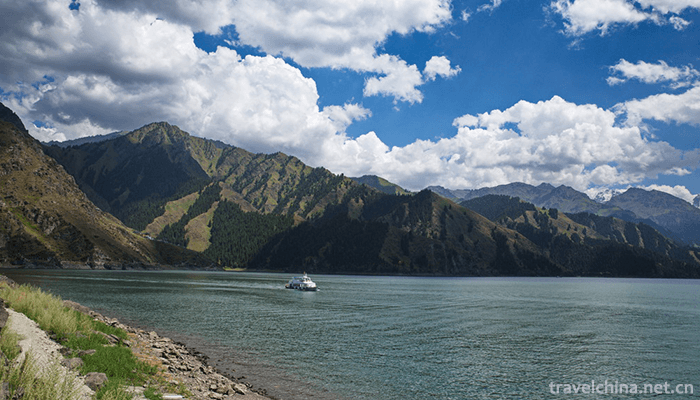
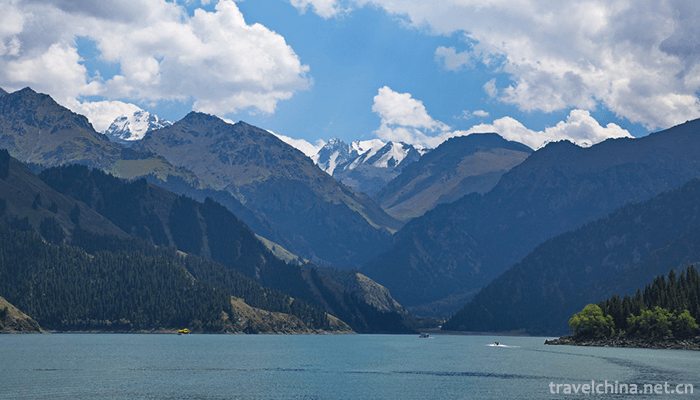
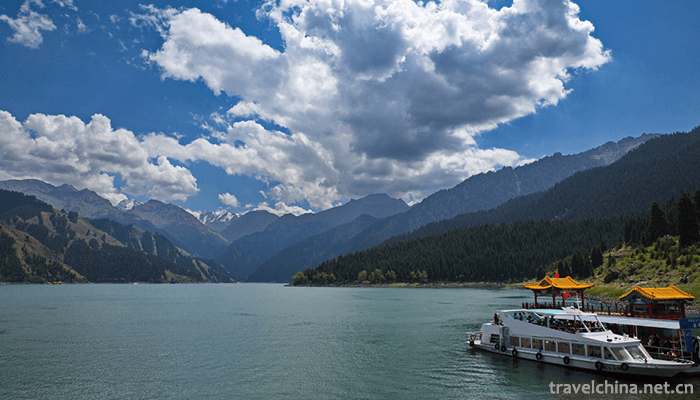
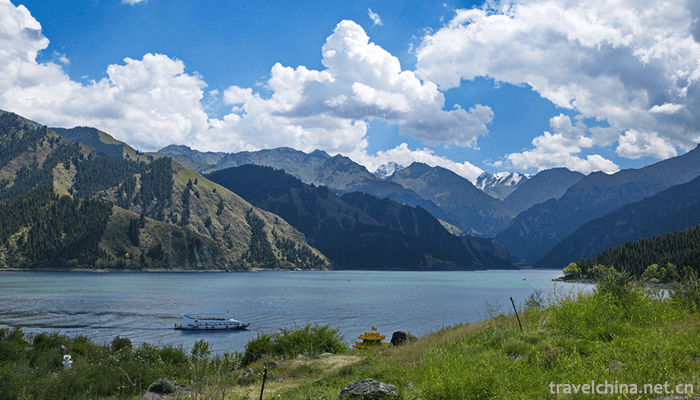
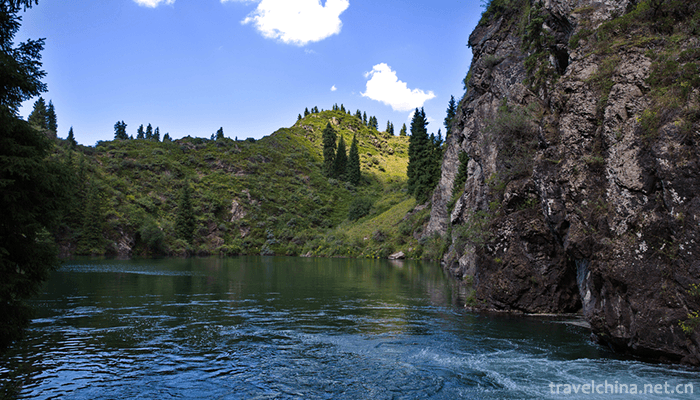
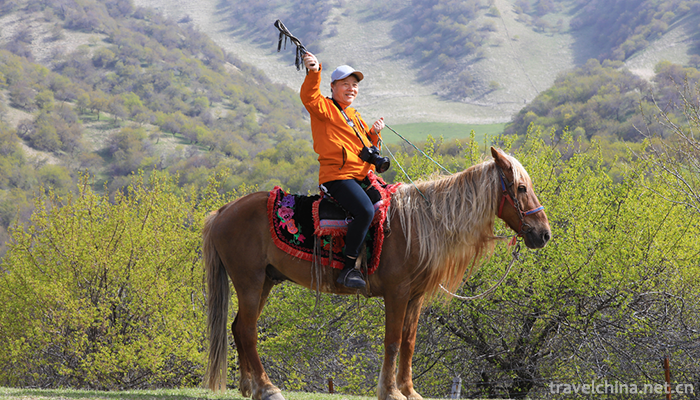
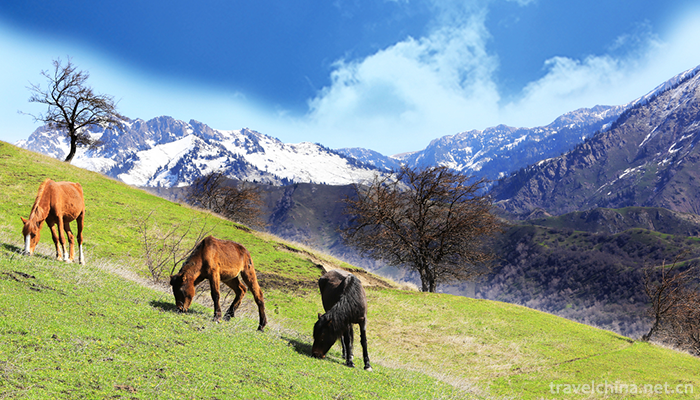
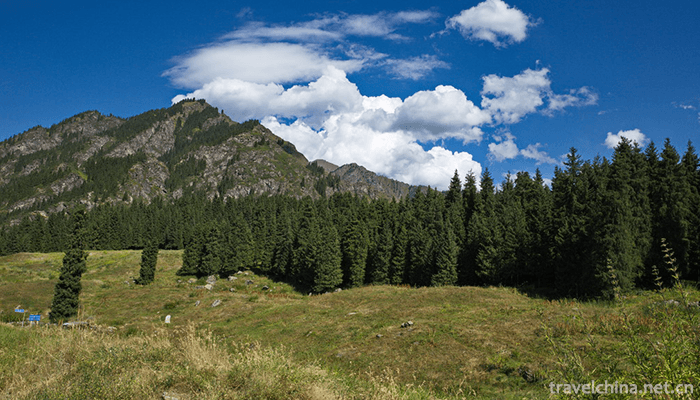
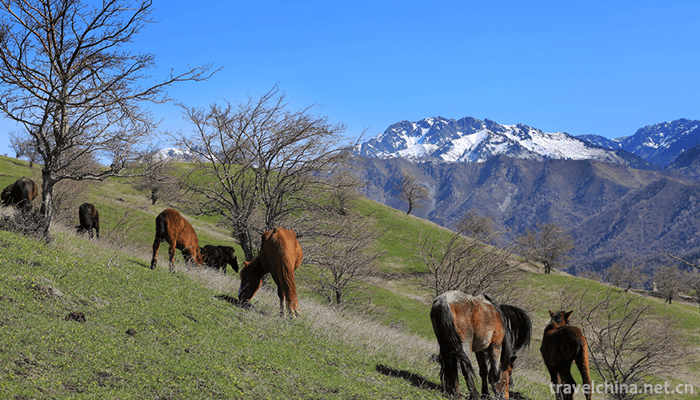
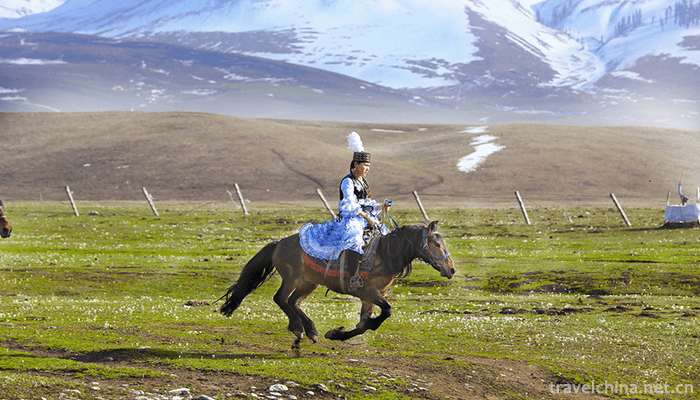
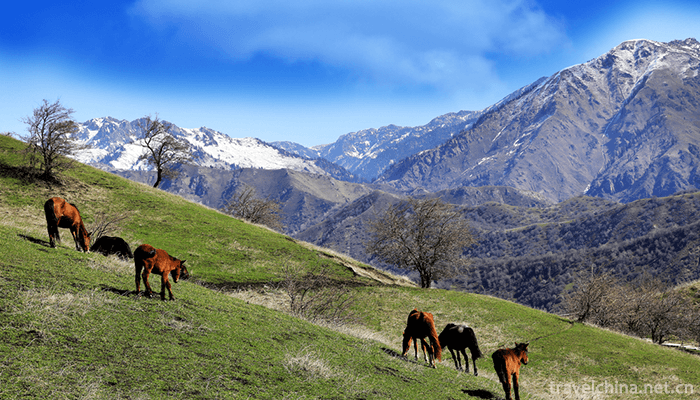

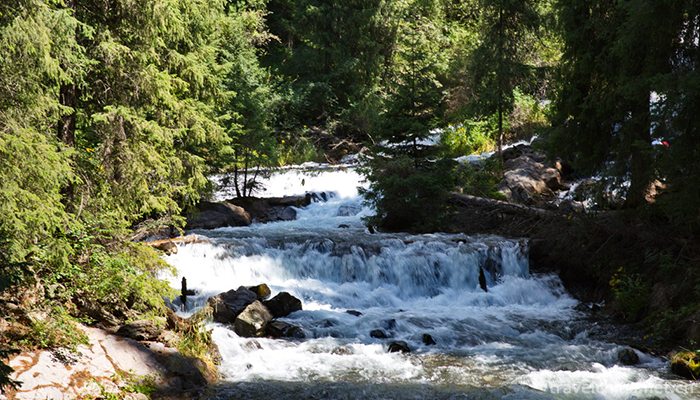
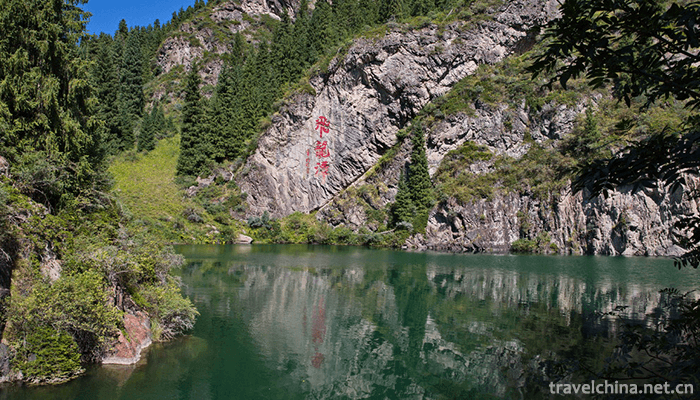
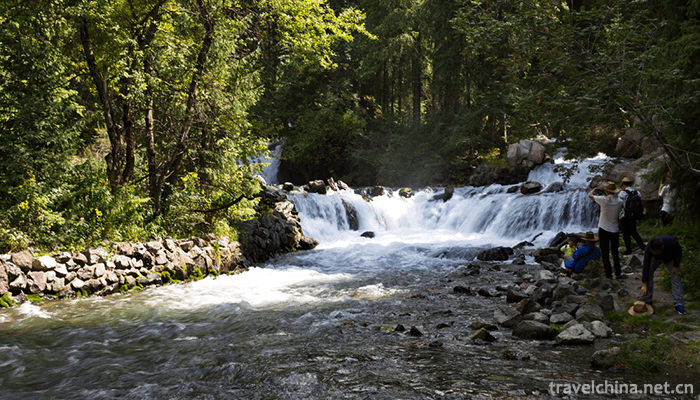
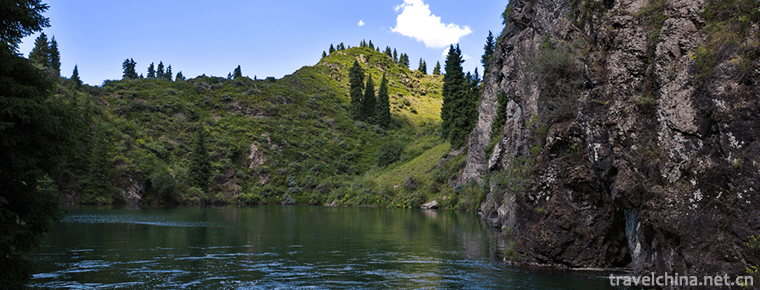
-
1.Crucian carp tofu soup
Carassius auratus tofu soup is a famous dish of the Han nationality. It belongs to Guangdong cuisine. It tastes salty and delicious. Carassius auratus has a very good milk-stimulating effect
Time 2018-11-02 -
2.Jinshuitai Hot Spring Scenic Area
Jinshuitai Hot Spring is a hot spring resort built according to the national AAAA scenic standard. It is located in Shuitai Town, Xinxing County, Guangdong Province
Time 2019-01-27 -
3.Mudan River Side Wall
The Mudanjiang Side Wall was built in the Tang Dynasty, presumably at the junction of Mudanjiang City in Heilongjiang Province and the northeast of Hailin County.
Time 2019-02-07 -
4.Guzheng Art
Guzheng is one of the oldest traditional stringed instruments. As early as the Spring and Autumn Period and the Warring States Period, it was prevalent in Shaanxi and Gansu.
Time 2019-05-01 -
5.Hongdongs custom of visiting relatives
The custom of walking relatives in Hongdong is a kind of Han traditional folk culture which spreads in Ganting, Wucun, Xincun, Longma and Wanan townships
Time 2019-05-03 -
6.Torch Festival
Torch Festival is an ancient traditional festival of the Yi, Bai, Naxi, Jinuo and Lahu nationalities. It has profound folk cultural connotations and is known as the "carnival of the East".
Time 2019-05-05 -
7.Salar Wedding
Salar wedding ceremony is one of the most important ceremonial activities in Salar people's life etiquette. Salar traditional wedding ceremony is held in the midwinter of each year. From engagement to
Time 2019-06-11 -
8.Custom of mud fish
The custom of filling mud fish is a local traditional handicraft with a long history in Guangdong Province. It combines traditional handicraft weaving and fishing skills. However, even in Doumen, the
Time 2019-08-10 -
9.Cao Mao
Cao Mao (241 November 15th - 260 June 2nd) Zi Yan, Pei County, Yuzhou City. Anhui Province Bozhou City People, the Three Kingdoms period the Wei state of the Three-Kingdoms Period The fourth emperors
Time 2019-09-15 -
10.Lemon Honey Tea
Honey lemon tea is made of honey and lemon. It has many functions such as whitening, nourishing, lowering blood fat, clearing heat, detoxifying, moistening and drying. Lemon contains vitamin B1, vitam
Time 2020-03-16 -
11.Location of Yibin
Yibin City is located in the south of Sichuan Province, at the junction of Sichuan, Yunnan and Guizhou provinces, and the confluence zone of Jinsha River, Minjiang River and Yangtze River. It spans 27 ° 50 '- 29 ° 16' n and 103 ° 36 '- 105 ° 20' E. The cit
Time 2020-12-18 -
12.Dazhou environmental protection
In 2019, the afforestation area of Dazhou city is 11666.60 hectares, the forest area is 735300 hectares, and the forest coverage rate is 44.34%. The air, water and soil pollution prevention and control were carried out in depth. The air compliance rate
Time 2020-12-20